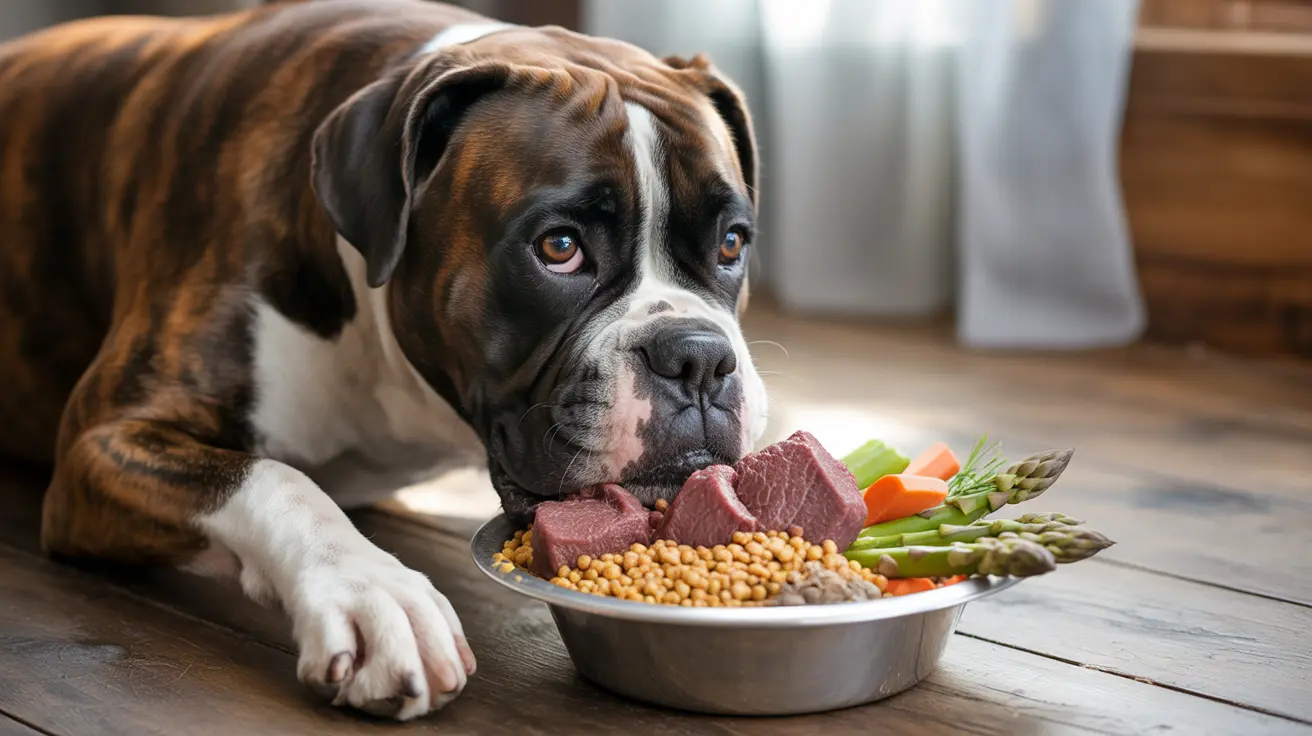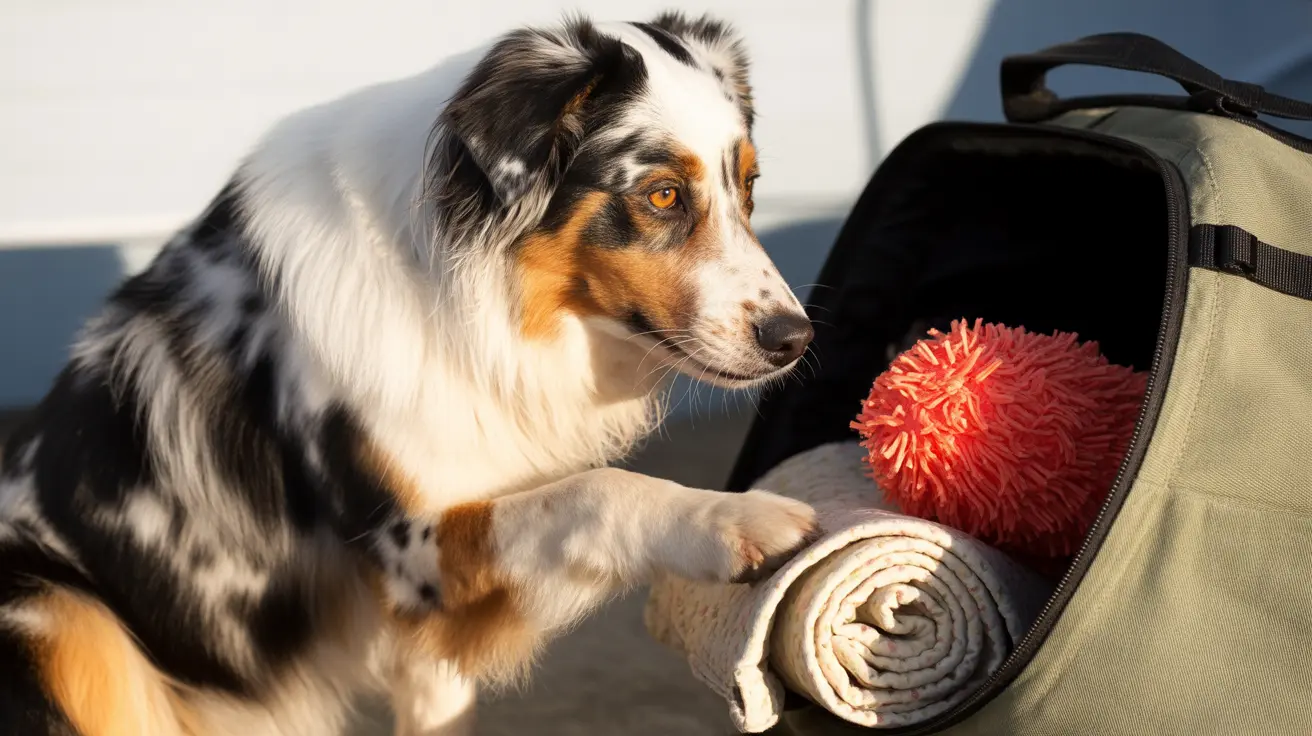Can Dogs Eat Pears? A Detailed Guide to Pear Safety and Nutrition for Dogs
Many dog owners wonder if their furry companions can enjoy the same fruits they do. Pears are a common fruit in many households, but are they safe for dogs? The answer is yes — with some important precautions. Let’s explore the nutritional benefits, safety guidelines, preparation tips, and potential risks of feeding pears to your dog.
The Nutritional Benefits of Pears for Dogs
Pears aren’t just tasty; they’re packed with nutrients that can support your dog’s health when offered in moderation. Here’s what pears bring to the table:
- Vitamins C and A: Support immune function and vision.
- Vitamin K: Contributes to bone health.
- Dietary Fiber: Aids digestion and helps regulate bowel movements.
- Antioxidants: Neutralize free radicals and support overall wellbeing.
- Potassium & Copper: Important for blood cell production, muscle function, and heart health.
- High Water Content: Helps keep your dog hydrated.
Pears can also help maintain a healthy coat and skin thanks to their vitamin content. Their relatively low glycemic index makes them suitable for most dogs, including some diabetic pets (but always consult your vet first).
How to Safely Prepare Pears for Dogs
If you’re considering sharing a pear with your pup, preparation is key. Follow these steps every time:
- Wash thoroughly: Remove dirt or pesticide residue from the skin.
- Remove seeds, core, stems, and leaves: These parts contain trace amounts of cyanide (amygdalin) and pose choking or toxicity risks.
- Cut into bite-size pieces: Prevents choking hazards—especially important for small breeds or puppies.
- Serve fresh only: Avoid canned pears or those with added sugars/syrups as these can upset digestion and contribute to obesity or tooth decay.
The skin is generally safe if washed well but may cause mild digestive issues in sensitive dogs. If you notice any signs of stomach upset after feeding pear skin, try peeling it next time.
Pear Portions: How Much Is Safe?
Pears should only be an occasional treat—not a staple of your dog’s diet. Treats like fruit shouldn’t exceed 10% of daily food intake. Here are some general guidelines by size:
- Toy/small breeds: One small slice two to three times per week.
- Larger breeds: Several small pieces (adjusted for size) up to a few times per week.
If you’re introducing pears for the first time, start with a tiny amount and watch closely for any adverse reactions such as vomiting, diarrhea, itching, or swelling. If any symptoms occur, stop feeding pears immediately and consult your veterinarian.
Pear Varieties & Special Considerations
Asian pears, while safe for dogs when prepared properly (firm flesh cut into small pieces), require extra care due to their texture. Always avoid unripe pears—they’re harder to digest and may contain higher levels of tannins that could upset your dog’s stomach.
Puppies can have pears in very small amounts once they’re eating solid foods; always consult your vet before introducing new treats to young dogs or those with health conditions like diabetes (due to natural sugars).
Dangers: What Parts of Pears Are Unsafe?
- Pear seeds/core/stems/leaves: Contain amygdalin which releases cyanide during digestion—remove completely before serving!
- Canned/processed pears: Added sugars/preservatives are harmful; stick with fresh fruit only.
- Pear skin (rarely): May cause digestive issues in sensitive pets—peel if needed after washing thoroughly.
Avoid giving large quantities at once; too much fiber or sugar can cause gastrointestinal upset such as vomiting or diarrhea. Pears should never replace nutritionally complete dog food—they’re just an occasional supplement or treat!
Clever Ways to Serve Pears as Dog Treats
- Sliced fresh pear pieces as training rewards or snacks.
- Pureed pear mixed into regular food as a topper (without seeds/core).
- Smoothies blended with other dog-safe fruits like blueberries or bananas (no xylitol!).
- Mixed with plain yogurt (no sugar/xylitol) for a cool summer treat.
- Stuffed inside KONG toys then frozen for enrichment on hot days.
Pears vs Other Fruits: What Else Can Dogs Eat?
If you want variety in your dog’s snacks beyond pears, consider these other safe options (always remove pits/seeds): apples (seedless), bananas, blackberries, blueberries, cantaloupe, cranberries, honeydew melon, mangoes (pitless), oranges (peeled), peaches (pitless), pineapple chunks, raspberries, strawberries, watermelon chunks without seeds/rind. Each fruit has its own benefits and risks—introduce new foods gradually!
The Bottom Line: Are Pears Good for Dogs?
Pears offer several nutritional benefits—from vitamins C & K to dietary fiber—that support digestion, immunity, heart health, muscle strength, hydration and even coat quality. However: always remove seeds/core/stems/leaves; serve fresh in moderation; monitor closely for allergies or digestive issues; avoid canned products; introduce slowly especially if your pet has not had high-fiber foods before; consult your veterinarian before making changes—especially if your dog is diabetic or has special dietary needs. When shared responsibly as part of a balanced diet (never as a replacement!) pears make a delicious treat most dogs will love!





